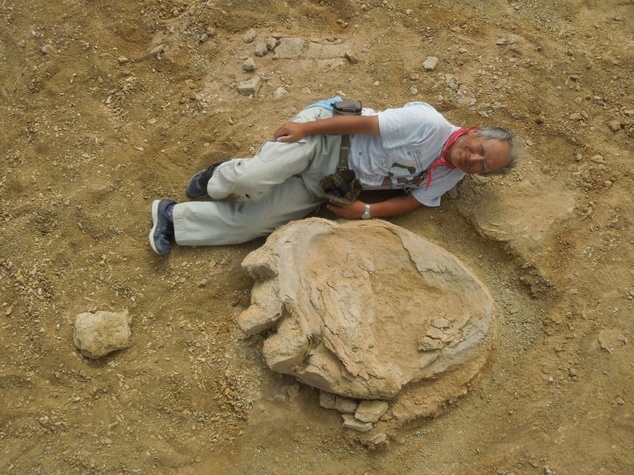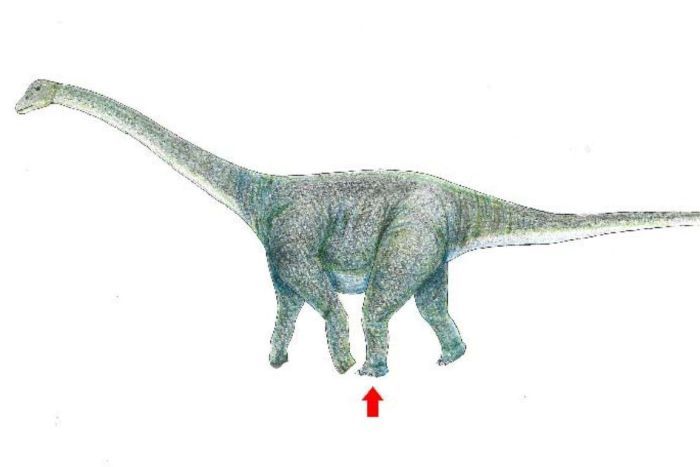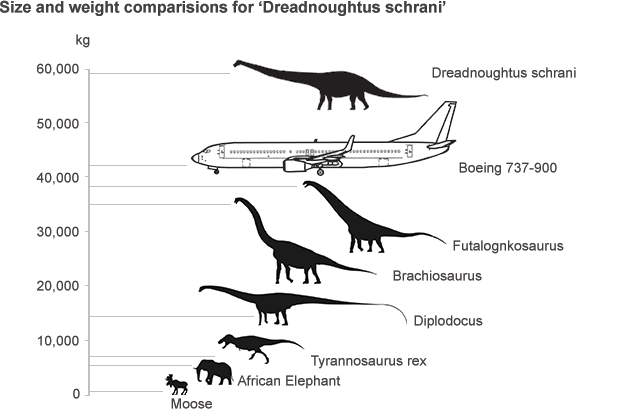
In August, a team of Mongolian and Japanese researchers unearthed the world’s largest dinosaur footprint in Mongolia’s Gobi Desert. The print that measured 3.6-feet long and 6.4-feet wide, is believed to be that of the titanosaur, a diverse species of sauropod dinosaurs that inhabited Earth during the Cretaceous period, between 70 and 90 million years ago.
What makes the discovery even more exciting is that the footprint is a natural cast, created by sand and silt that filled the dent left by creature’s left foot as it stomped the muddy ground. Previous dinosaur footprints have all been indentations, and therefore, not as well-defined. Hence, for the first time, researchers will be able to study the shape of the entire foot, including the three claws, and learn more about how the massive animals walked the earth.

Based on the size of the print, the researchers estimate that the Mongolian titanosaur was about 30-meters long (98-feet) and 20-meters (65-feet) tall. If true, it could be the largest titanosaur ever discovered. But before it can lay claim to the title, the paleontologists will have to unearth some remains of the giant.
Shinobu Ishigaki, a professor at the Okayama University of Science and the leader of Japan’s research team, is not worried. He says, “footprints are living evidence of dinosaurs,” and adds, “A fossilized skeleton of such a dinosaur is expected to be eventually discovered.” His team has partnered with Mongolian Academy of Sciences’ Institute of Paleontology and Geology, to help with the search.

But until they can find some evidence, Dreadnoughtus schrani, the titanosaur whose remains were found in the Patagonia region of Argentina in 2014, will retain the title of the world’s largest land animal for which a body size can be accurately estimated. Based on the fossils, which include an 8-feet tall thigh bone, experts believe that Patagonia giant was 85ft (26m) long and weighed over 65 tons. To put it in perspective, that is more than the weight of seven Tyrannosaurus Rex’s or a dozen African elephants – and, the dinosaur might not even have been entirely grown at the time he died!
Titanosaurs, a diverse group of long-necked sauropod dinosaurs that lived during the Cretaceous era, are believed to be the last surviving group of their species following the extinction. The one reason for their survival could be that the herbivores that roamed Earth almost 70 million years ago, occupied nearly every continent. Their remains have been found all the way from the Antarctica to Europe, and even South America.
Resources: telegraph.co.uk, sciencedaily.com, nationalgeographic.com